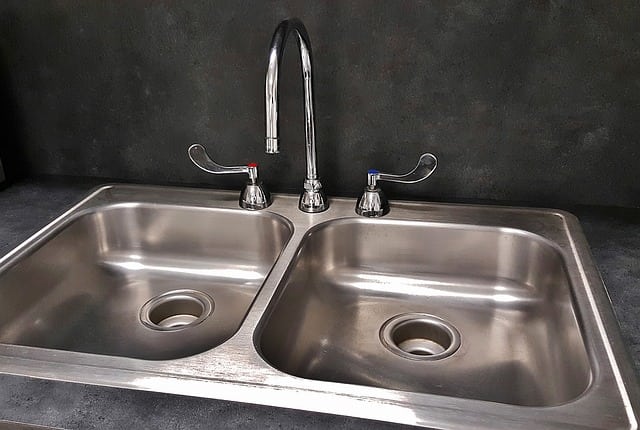Energy Efficiency and the Industrial Sector
https://epgi.com.au/wp-content/uploads/2019/01/Order-3895-Image-2.png 640 640 Admin A Admin A https://secure.gravatar.com/avatar/191fafa9c1ed05bb2314052489765493?s=96&d=mm&r=gEnergy efficiency is a critical issue in the industrial sector. Rising wholesale power prices, in particular, have hit many Australian businesses pretty hard. The easy way to deal with energy costs is to improve energy efficiency. The good news for the industrial sector is that new technologies coming on the market are achieving excellent results, reducing costs, and improving bottom lines around the country.
Unlike in your home, energy efficiency in the industry is based on solid metrics. The dollar values have to be clear and improve performance, and capacity for future needs also has to be included in planning. If this sounds complex, it is. We’re going to show you how to improve your cost base for energy usage, and improve your energy usage in operational terms.
Energy Efficiency Basics
One of the major problems facing Australian industrial businesses is obsolescence. The simple fact is that most of the older electrical systems are nowhere near as efficient as modern systems. That, in turn, leads to power wastage, increased costs, and reduced profits.
The old systems may have been all right in their day, but they simply cannot compete with modern systems in terms of energy efficiency. New CAD design electrical systems commonly include a lot of custom design features, specifically included in industrial systems to reduce power usage and improve efficiencies across the board.
Getting the Energy Efficient System You Want
The first step in achieving cost-effective energy efficiency is to engage the services of electrical system designers as consultants. Your consultants will be able to provide you with all the information you need to create your new systems, plus a thorough analysis of your system needs. This includes power requirements and energy usage costs.
Modern Industrial Energy Efficiency Designs in Australia
Modern industrial energy efficiencies include:
- Industrial Automation: Full automation promotes very high productivity, with energy efficiencies built into the new systems.
- Switchboards: Modern electrical switchboards deliver excellent power distribution. In conjunction with high efficiency system design and new technologies, you are saving costs and energy around the clock.
- Improved Maintenance Costs and Reduced Overheads: The new energy efficient electrical systems are also easier to maintain and repair, and far safer for OHS purposes.
These are just some of the benefits of the new energy efficient industrial systems. Custom-designed systems add many local on-site cost and efficiency benefits. Some of the best examples of industrial automation and energy efficient systems in Australia can be seen in the work of commercial electrical contractors in Brisbane. These new custom-designed systems are state-of-the-art, incorporating all latest technologies backed up by expert custom design services.
Talk to Us About Energy Efficiency Opportunities in Brisbane
If you’re looking at improving energy costs and operational performance to your business, EPG Electrical Plumbing Group Pty Ltd is one of the leading commercial plumbing companies in Brisbane. We’re your specialist electrical contractors for all types of energy efficiency services. We provide services for custom design, switchboard construction, and industrial automation. Call or contact us online to arrange for a consultation.











